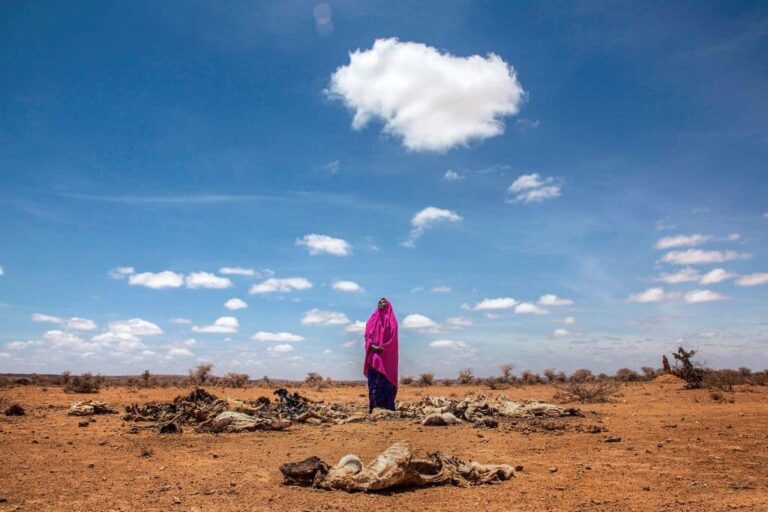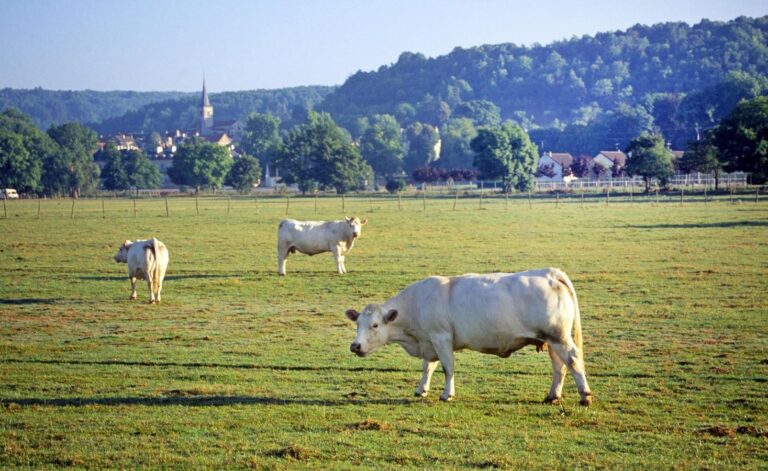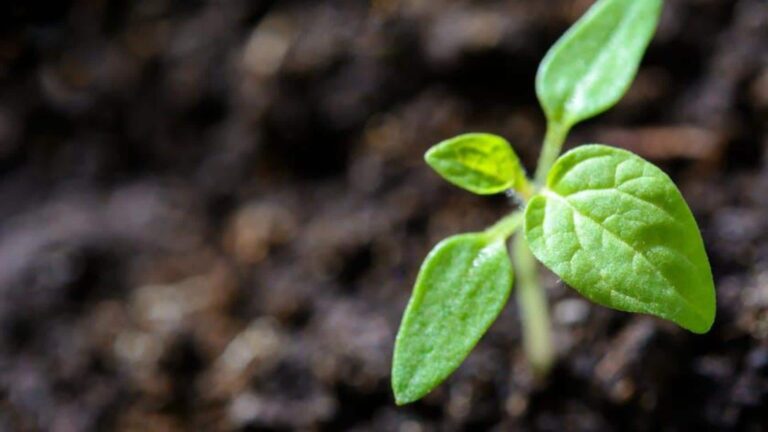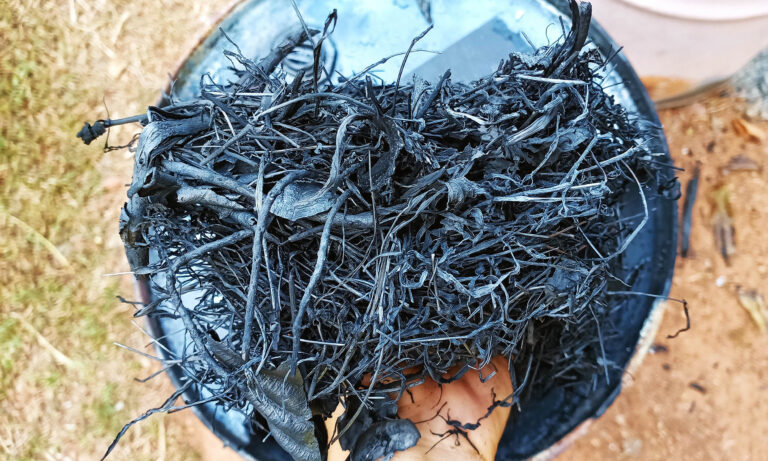How rising temperatures could lead to population crashes
Researchers at Rice University have uncovered a critical link between rising temperatures and declines in a species’ population, shedding new light on how global warming threatens natural ecosystems. The study, published in Ecology and led by Volker Rudolf, revealed that rising temperatures exacerbate competition within populations, ultimately leading to population crashes at higher temperatures. It…










